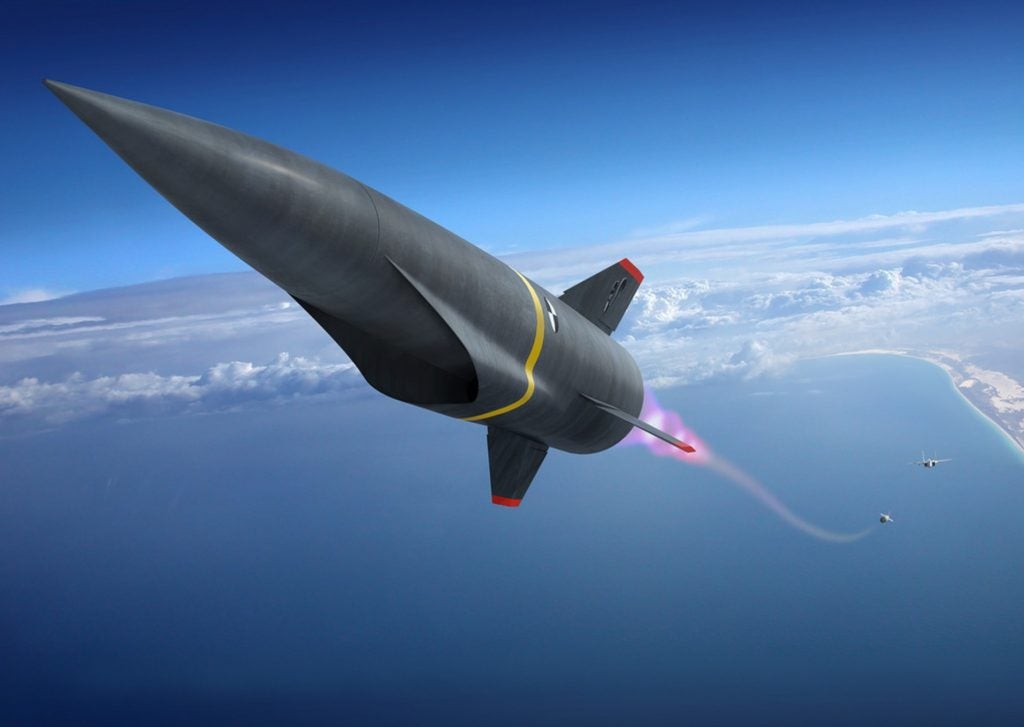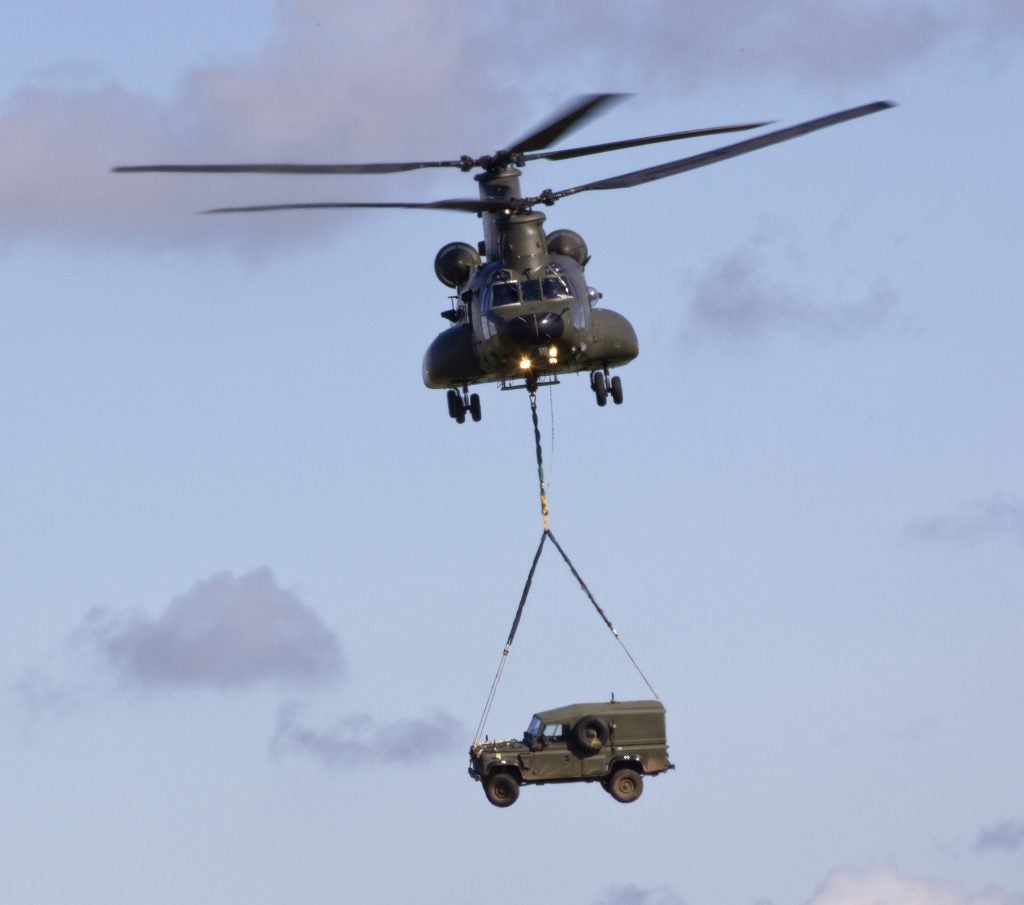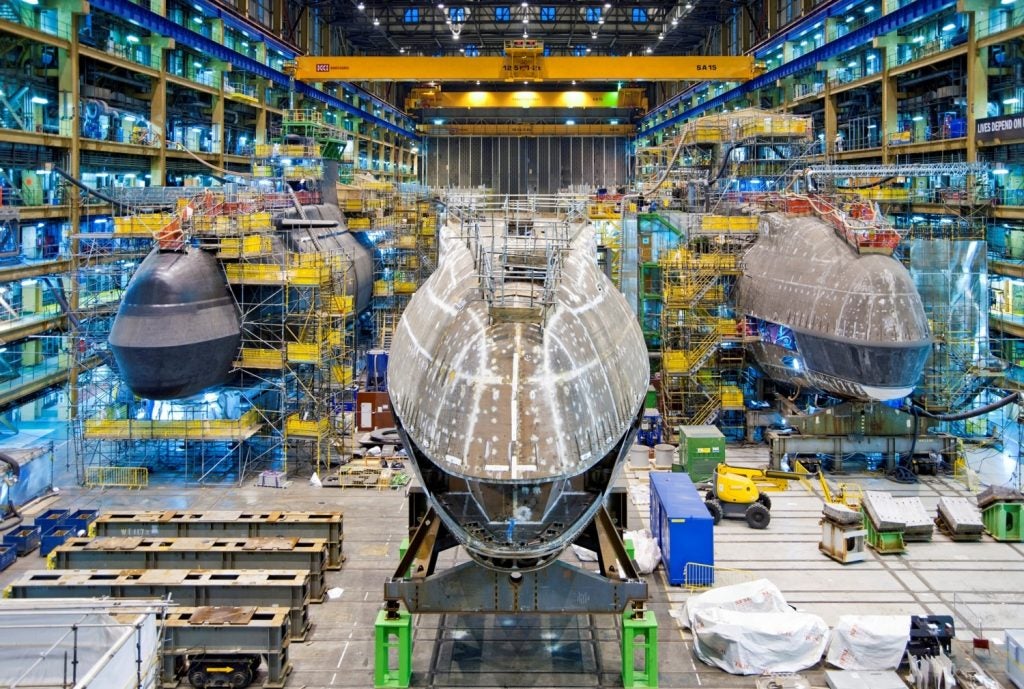Defence Industries: Some of Their Characteristics
One of the challenges when discussing the defence industry is how to identify what that phrase actually means. The ‘arms industry’ of the 1930s was distorted by the requirement for all industries to become involved with the war effort of the Second World War.
Today, that effect is still found but for a different reason: the economy of government-only customers is not usually sufficient to sustain companies that limit themselves to a single industry. Therefore, there has to be diversification. This happens from both companies who are historically arms or defence companies, such as BAe and Lockheed Martin, and those companies that now supply to defence as merely one of their sectors, including many of the aerospace companies and service providers like G4S and Serco.

There is a concept of ‘prime’ contractors responsible for major projects, with multiple tiers below them of systems production down to the individual component parts. It’s common that as the tiers increase, the defence specialist equipment becomes more generic components and further away from a defence supplier. Often unknowingly, they form part of the wider defence ecosystem of suppliers.

(www.researchgate.net/publication/323858516_The_UK_Defence_Ecosystem)
Because the majority of the turnover of a military or defence force in peacetime is merely providing accommodation, food, utilities and transport for its personnel, the non-defence service providers can absorb much of the Defence spending. It’s only through the long-term provision of capital warfighting equipment, such as ships, aircraft and armoured vehicles, that the traditional defence companies have turnover outside of conflict. It could be assumed then that the long build-times of items which would otherwise be a standard task, suits the defence industry even if it looks slow and cumbersome to the outsider or commentator.

Working with government customers requires a particular procurement process to follow because of the oversight, in most countries, on public spending, which includes defence spending. Because of this, some companies become more adept and resourceful when navigating the public procurement processes. Defence companies that supply ‘war-fighting equipment’ sometimes have exceptions to this (particularly in the EU) to deal with national security and confidentiality issues but other traditional services all have to go through these hoops and hurdles. One of the possible reasons for the large growth of service providers from outside of the defence industry is that those companies have been experts at providing outsourced services for any aspects of government and, therefore, can go through all of the procurement challenges relatively easier than a new entrant.
The future challenge for the defence industries that have developed like this is to ensure that there are sufficient new companies to drive innovation and forward-thinking, whilst at the same time governments keeping opportunities sustainable and easily accessed.

